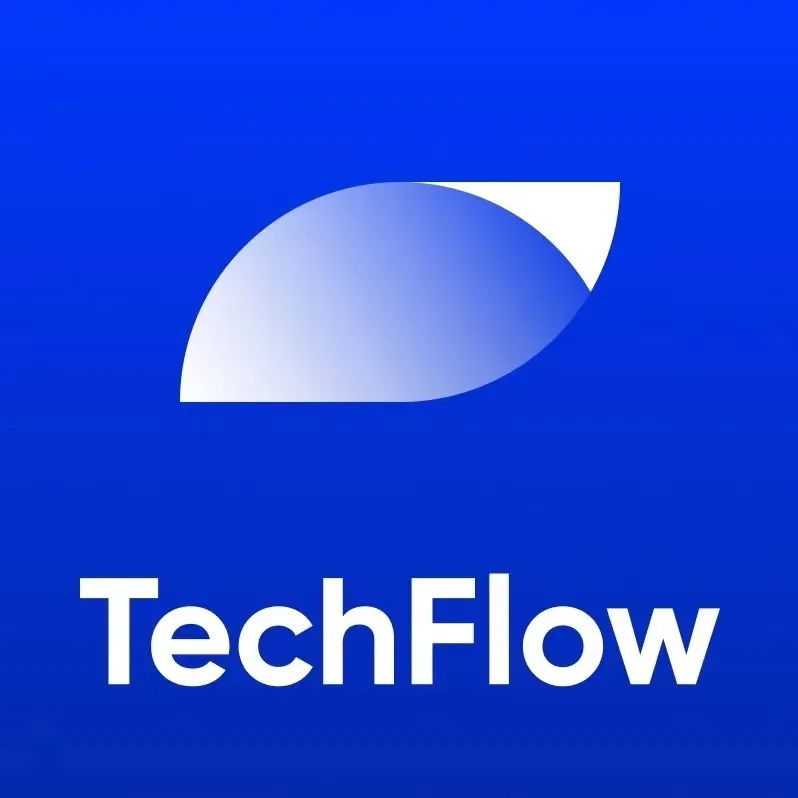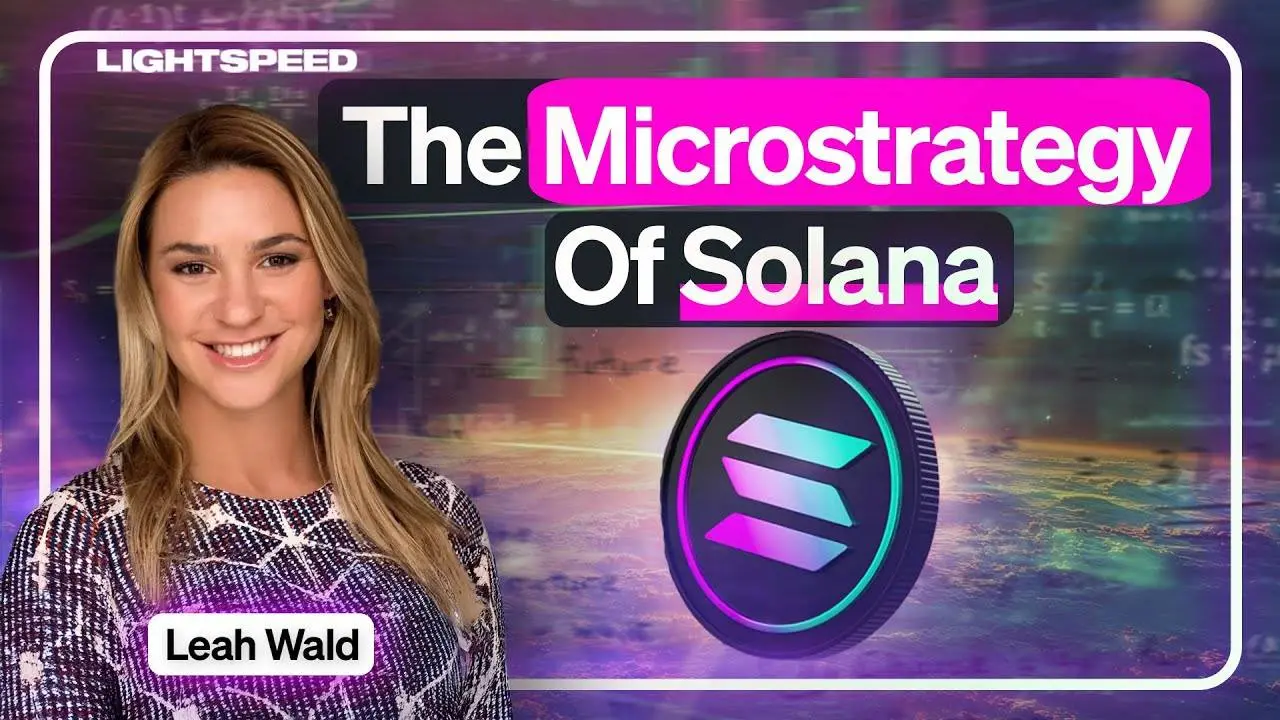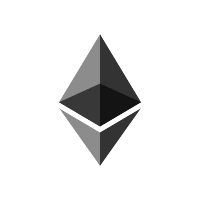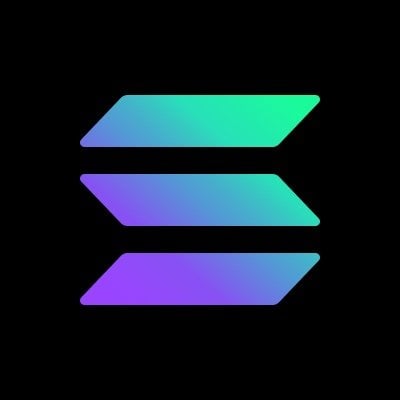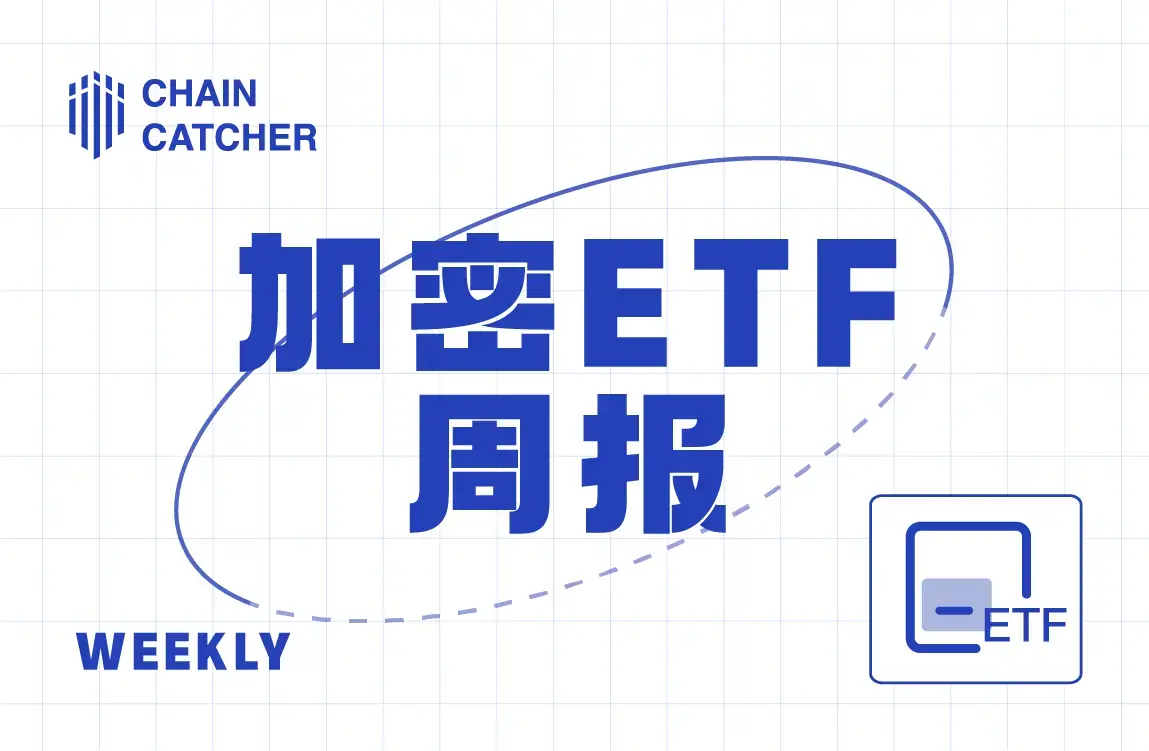Interview with Monad founder Keone: Monad is like the child of Ethereum and Solana
Original Title: “Podcast Episode: Keone From Monad”
Author: SAURABH DESHPANDE
Compiled by: Deep Tide TechFlow
Host: SAURABH DESHPANDE, Decentralised.co Writer
Guest: Keone Hon, Founder of Monad
Podcast Source: ++Decentralised.co++
Release Date: May 23, 2024
Key Takeaways
Keone Hon, the founder of Monad, showcased his team's groundbreaking advancements in blockchain performance optimization through detailed technical discussions. The four key innovations of Monad include:
Parallel Transactions: By using an optimistic parallel execution algorithm, it allows multiple transactions to be processed simultaneously, increasing transaction throughput and processing speed.
Delayed Execution: Separating consensus and execution allows both to proceed in parallel, fully utilizing block time and enhancing overall execution efficiency.
Custom State Database Monad DB: Directly storing Merkle trees on SSDs reduces read amplification and improves state access efficiency.
High-Performance Consensus Mechanism Monad BFT: Based on the HotStuff consensus mechanism, it employs linear communication complexity and pipelined voting phases, supporting synchronization among hundreds of globally distributed nodes.
Keone stated, “Monad is like the 'child' of Ethereum and Solana.”
Keone Hon's Background
- Professional Experience: Keone is the co-founder and CEO of Monad Labs. He has nearly a decade of experience in high-frequency trading, focusing on building high-performance trading systems, and joined the Jump crypto team in 2021, primarily working on Solana-based DeFi projects. Keone realized the need for higher performance EVM execution at that time, but many scaling efforts were focused on L2, data availability, and other directions, which, while important, did not address making the execution system itself and both upper and lower layers more efficient.
Why Monad?
In early 2022, Keone co-founded Monad with two other co-founders. Monad is a fully bytecode EVM-compatible Layer 1 blockchain with a throughput of over 10,000 TPS and single-slot finality.
Monad rebuilt three main layers from scratch in Ethereum—the storage layer, execution layer, and consensus layer. It introduced innovations including parallel execution and a high-performance state storage system, which provides parallel state access and a high-throughput consensus mechanism—Monad BFT. It delivers a truly performant system through delayed execution.
Monad is designed to address the following issues:
High-frequency trading demands: Traditional high-frequency trading systems need to process a large number of orders in a very short time, where latency and efficiency are crucial. Existing blockchains cannot meet this demand.
Reducing transaction costs: The high transaction fees on existing blockchains (like Ethereum) affect market efficiency, especially for market makers and high-frequency traders, where the cost of frequent quote updates is too high.
Improving trading experience: The transaction fees and slippage issues on existing DeFi platforms affect the trading experience of ordinary users. Monad aims to provide a more efficient and lower-cost trading environment.
- Keone's vision is to build a high-performance blockchain that allows for more centralized trading.
Monad's Future Vision
- Keone stated that Monad's initial focus is on crypto-native applications and assets, but in the long run, he believes that blockchain can serve as a more efficient settlement method for various financial transactions, including traditional assets. The advantages of Monad include:
More efficient settlements: Applicable to various financial transactions such as stocks, bonds, and mortgages.
More transparent transactions: Making the transaction process more open and transparent.
Composability: Different applications and smart contracts can interoperate, building new applications and functionalities, similar to "Lego blocks."
Self-regulation: Ultimately allowing decentralized finance (DeFi) to provide a better trading experience than centralized exchanges (CeFi), bridging the gap in execution quality and cost.
Monad's Innovations
Monad vs. Ethereum & Solana
Monad is essentially a fusion of certain aspects of Ethereum. Monad focuses on full compatibility with Ethereum, ensuring bytecode EVM compatibility and Ethereum RPC compatibility, reducing the difficulty for developers to migrate.
Monad is similar to Solana in high performance and optimization, although there are differences in execution parallelization, transaction formats, etc. Monad combines Ethereum's compatibility with Solana's high performance, creating a unique advantage.
In summary, it's like Solana and Ethereum had a 'child', and that child is Monad.
Monad's First Innovation - Parallel Transactions
Keone stated that current Ethereum and its compatible blockchains have certain shortcomings—transactions are executed serially. This approach is far from the multi-processor, multi-threaded operation of modern computers. Modern computers can run multiple threads simultaneously, thus improving processing efficiency. However, Ethereum's single-threaded execution limits its scalability and performance. Serial execution ensures that all nodes in the system can reach a consensus state, with each node executing transactions in a linear transaction list (e.g., from 1 to 200) to achieve the final state. This method guarantees result determinism, allowing nodes to stay in sync and agree on all states. In the early design of the system, the single-threaded approach was simpler and easier to implement determinism.
Keone stated that Monad introduces an optimistic parallel execution algorithm, allowing a batch of transactions to run simultaneously from the same starting point while tracking the inputs and outputs of each transaction. During execution, the system generates a batch of pending results, one for each transaction. Then, these pending results are executed step-by-step in the original order, checking if the inputs have changed. If the inputs have not changed, the results are committed; otherwise, the transaction is re-executed.
Parallel execution improves transaction processing performance, reduces system latency, and allows the system to handle a large number of transactions more efficiently.
Monad's Second Innovation - Delayed Execution
Keone stated that Monad's second innovation is delayed execution, which separates consensus and execution into different work channels.
Keone explained that Monad has also innovated on the consensus mechanism. The leader orders the transactions, and nodes reach consensus on the official ordering of transactions without requiring immediate execution; all nodes only need to agree on the transaction ordering and validity.
In Monad, a long list of transactions is broken down into individual threads that can run in parallel, with each thread generating pending results, each containing a list of transaction inputs and outputs. After generating the pending results, the system processes these results step-by-step in the original transaction order. If the inputs of the pending results do not conflict, the result is submitted directly; if there is a conflict, the transaction is re-executed.
In Monad, the consensus process first reaches the transaction order (i.e., consensus), and execution is moved out of the consensus hot path into a separate channel, where transactions are then processed. By separating consensus and execution, Monad can allocate more time to actual transaction execution, significantly improving block processing capacity.
Monad's Third Innovation - Custom State Database Monad DB
Keone mentioned in the interview that in existing Ethereum clients, state is stored in Merkle trees and embedded in other databases (like LevelDB or RocksDB). This nested structure leads to read amplification, where accessing a node in the Merkle tree triggers a series of other lookups on disk, resulting in inefficiency. The biggest bottleneck in executing smart contracts is state access, not computation itself. The computational load is small, and CPU processing speed is fast, but the process of looking up state variables from SSDs is slow.
The Monad team designed a method to store Merkle trees directly on SSDs, thereby reducing read amplification and improving access efficiency. SSDs have high bandwidth, and the design of MonadDB can utilize this feature more effectively. When executing transactions in parallel, the system needs to extract a large number of dependencies from the SSD, making queries more efficient by effectively utilizing SSD bandwidth.
Keone stated that directly storing Merkle trees reduces the number of lookups, increases state access speed, and optimizes overall execution performance, with the parallel execution algorithm having two phases of processing.
Phase One: The parallel execution algorithm first pulls all transaction dependencies from the SSD into memory. This step ensures that even if transactions need to be re-executed, the dependencies are already in memory, speeding up lookups.
Phase Two: After generating pending results, the system processes these results in the original transaction order. If the inputs have not changed, the results are immediately submitted; if the inputs have changed, the transaction is re-executed. Each transaction runs at most twice, and the cost of re-execution is low because the state variables are already in memory.
Keone stated that any application on Ethereum has related state storage. For example, in Aave, the balance of user deposits generates interest over time, and this data needs to be stored in the Merkle tree associated with the Aave smart contract. Therefore, any smart contract that uses state storage will benefit from Monad DB's efficient state access.
Monad's Fourth Innovation - High-Performance Consensus Mechanism Monad BFT
Keone stated that Monad's fourth innovation is at the top of the stack. He believes that the storage layer is the lowest layer, the execution layer is the middle layer, and the highest layer is Monad BFT (responsible for synchronization and consensus among nodes). Monad BFT is a derivative version of the HotStuff consensus mechanism, allowing hundreds of globally distributed nodes to stay in sync and effectively support the operation of large-scale distributed networks.
Keone provided a brief explanation of HotStuff. HotStuff is an algorithm with linear communication complexity. In HotStuff, the leader directly sends block proposals to all validating nodes, and the validating nodes send their voting results to the next leader. The communication complexity grows linearly with the number of nodes, rather than quadratically. This design avoids the need for all nodes to send messages to each other, as in Tendermint, which causes communication complexity to increase quadratically with the number of nodes, thus limiting network scalability.
Monad BFT improves upon HotStuff by implementing pipelined processing of the voting phase. Specifically, voting at different stages can take advantage of each other; for example, the B phase of Block 1 can build on the A phase of Block 2. This approach enhances consensus efficiency and reduces latency.
The Importance of Community
Keone believes that the community is the "superpower" of cryptocurrency, crucial for its development. Technology needs to scale its reach through the community to gain more users.
Keone stated that community building is a core part of Monad's strategy. The team has spent a lot of time studying the most successful communities in cryptocurrency, realizing that early communities are the product.
Monad focuses on providing community members with a pleasant experience rather than burdensome tasks. Keone emphasizes that communities should avoid meaningless task platforms, minimize spam and bots, and encourage genuine connections and interactions.
Keone believes that those who care about Monad's mission and are excited about updates and sharing technical information constitute a decentralized community. Enthusiastic cryptocurrency lovers, whether trading NFTs, collecting NFTs, trading memes, or trying out the latest applications, are an important part of the community.
Keone believes that when community members have differing visions for the product, critical feedback is beneficial. The Solana and Ethereum communities often engage in intense discussions about technical issues, which is vital for the healthy development of projects. Positive discussions and critical feedback indicate that the community cares about the project's direction, showing that the project is on the right path, with decentralization and community development continuously improving.
Future Developments of L1 and L2
Space for L1 development:
Keone believes there will always be space for new L1 technologies to develop, requiring continuous improvements in performance mechanisms and consensus mechanisms. Currently, Ethereum's consensus mechanism is exceptionally overloaded, with much room for improvement.
L1 can still make meaningful contributions in many areas, pushing the overall technological frontier forward.
The rationale and economic value of L2:
Keone believes that launching a purpose-built L2 is relatively easy and reasonable. Having many L2s is acceptable, but the economic value of each L2 may be small, as its purpose is to launch quickly and serve specific needs.
Strong cross-chain bridges connect L1 and L2, ensuring the inheritance of assets and security, making the existence of multiple L2s reasonable.
Advice on Fundraising
Keone advises founders to spend a lot of time developing detailed strategic documents during the first round of financing, clarifying different obstacles and key areas of work. The pitch should be a distillation of the strategic document, clearly presenting the plan and rationale.
Keone believes that in subsequent rounds of financing, it is important to build a shared mindset and keep people focused on the product. It is essential to showcase the current state and future direction, not just product usage but also brand building and occupying mind share.
Expectations for Monad's Public Testnet and Mainnet
- Keone stated that the Monad team plans to launch the test network within a few months and the main network shortly thereafter. Users can expect a performance-completely EVM-compatible system with a throughput of over 10,000 TPS and a thriving ecosystem, featuring both familiar applications and those leveraging new performance.


